| Size | Trade Gallons, Two Gallons, Three Gallons |
|---|
Cornus racemosa – Gray Dogwood (B&B.BW.DR.FC.H.M.MTH.NB.OP)
$40.00
Ecosystem Services:
(B)-Birds (B&B)-Birds & Butterflies
(BTF)-Butterflies (BW)-Black Walnut Resistant
(DR)-Deer Resistant (DRGHT)-Drought Resistant
(EC)-Erosion Control (EVR)-Evergreen
(FC)-Fall Color (FRG)-Fragrant
(GRD)-Groundcover (H)-Host plant
(HMR)-Hummingbirds (M)-Mammals
(MTH)-Moths (N)-Nectar
(NB)-Native Bees (NST)-Nesting Material
(OP)-Other pollinators (RR)-Rabbit Resistant
(SHWY)-Showy (SPC)-Specimen Plant
Gray dogwood is a native deciduous, rhizomatous shrub in the dogwood family (Cornaceae). It is native to the Central and Eastern parts of Canada and the United States. It is found along roadsides, woodlands, meadows, forest margins, and riparian zones.
The gray dogwood may be planted in full sun to partial shade and in a wide variety of soil types. While it prefers moist soil, it withstands dry, wet, and poor soils well. They may be reproduced by seeds, soft and hardwood cuttings, suckers, division, and layering. The plant will colonize if the suckers are not removed. It will also serve to control erosion near ponds or embankments.
It may grow from 4 to 15 feet high as a shrub and up to 27 feet tall as a small tree. The bark of the older trees is grayish-brown, and the stems reddish in color. The upper surfaces of leaves are dark green, and the undersides are pale green to almost white with short, stiff hairs. It is frequently planted for its showy flowers, fruits, and colorful fall foliage. The creamy-white flowers bloom from May through June and form dome-shaped clusters. The fruits are white berries with red stems that appear from August to October. The fall foliage is a reddish-purple.
This plant spreads rapidly by growing suckers and is best used in naturalized settings. Many insects, including bees and butterflies, are attracted to this plant for pollen and nectar. Fruits are a good food source for many songbirds. Black bears, raccoons, squirrels, and chipmunks also enjoy them. In dense thickets, the shrub provides shelter for birds and small mammals as well as nesting sites for birds.
The flowers, fruits, and leaves of the gray dogwood are similar to those of the red-twig dogwood (Cornus sericea). The bark of the gray dogwood is gray, and the bark of the red-twig dogwood is deep red.
Gray dogwood is a wonderful native plant that will add spring, summer, and fall interest to naturalized areas or informal gardens. Grown as a shrub, it may be used for borders or screening. It works well in a native garden or pollinator garden and is an excellent choice for a rain garden.
The Gray Dogwood is a host plant to more than 91 species of Lepidopterans, including the Definite Tussock Moth, Hickory Horned Devil, Funerary Dagger Moth, the Imperial Moth, and the Crocus Geometer.
Only logged in customers who have purchased this product may leave a review.

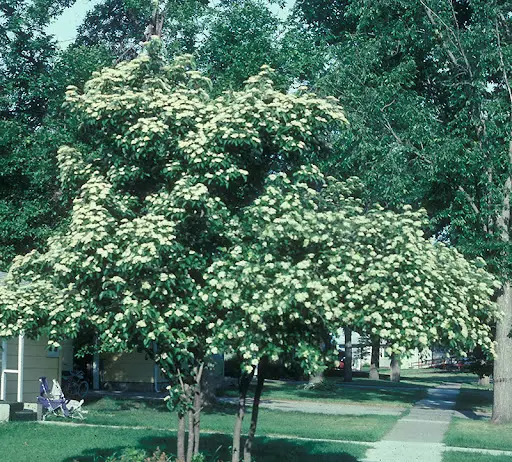
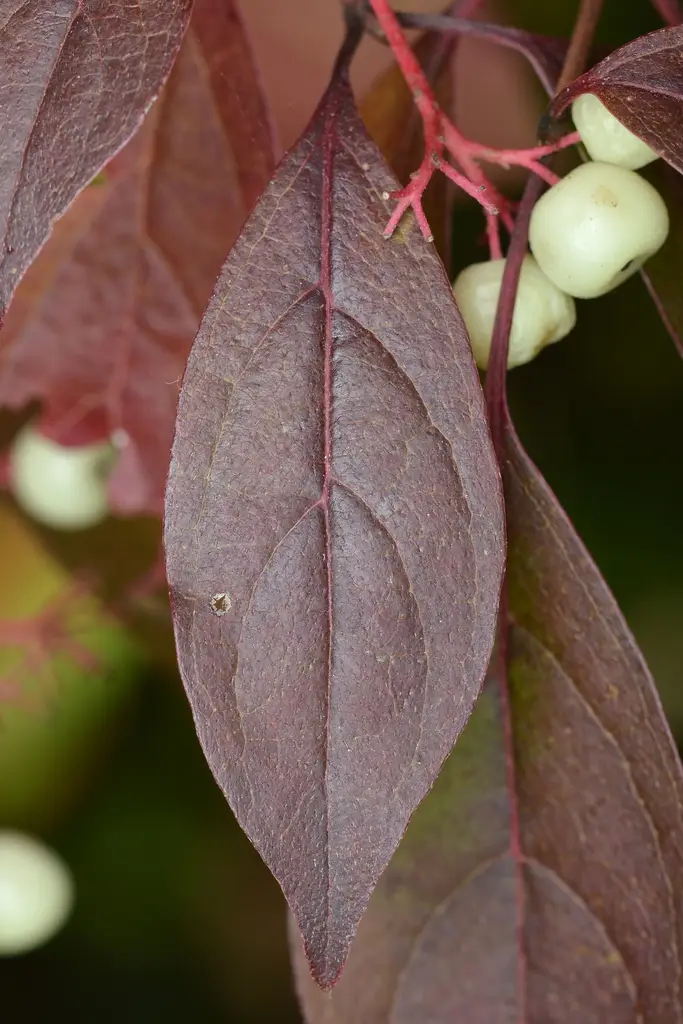
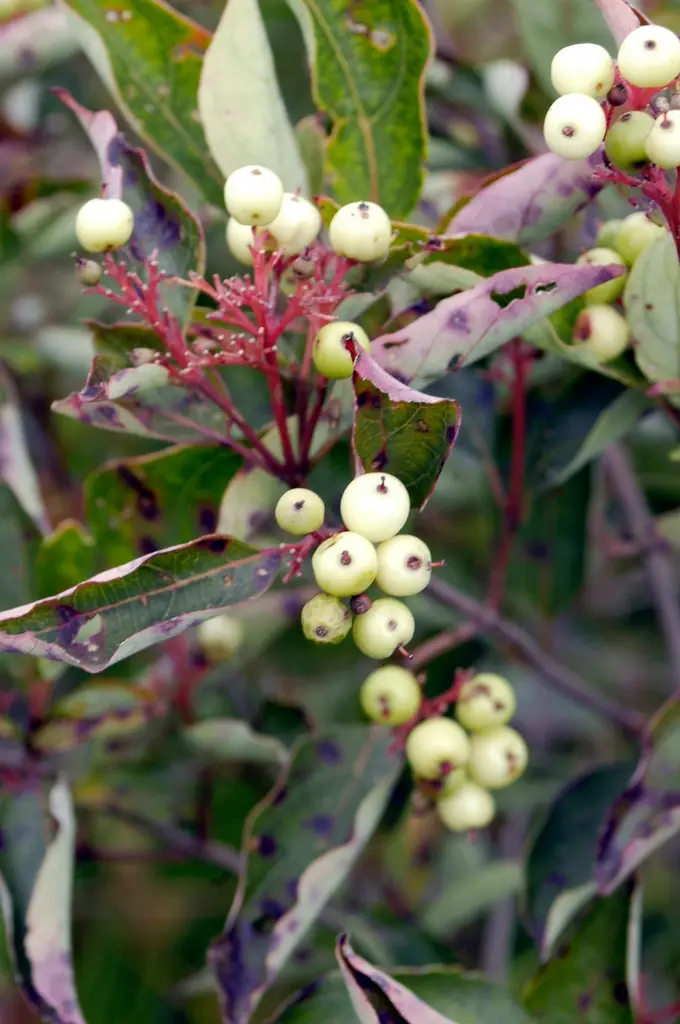
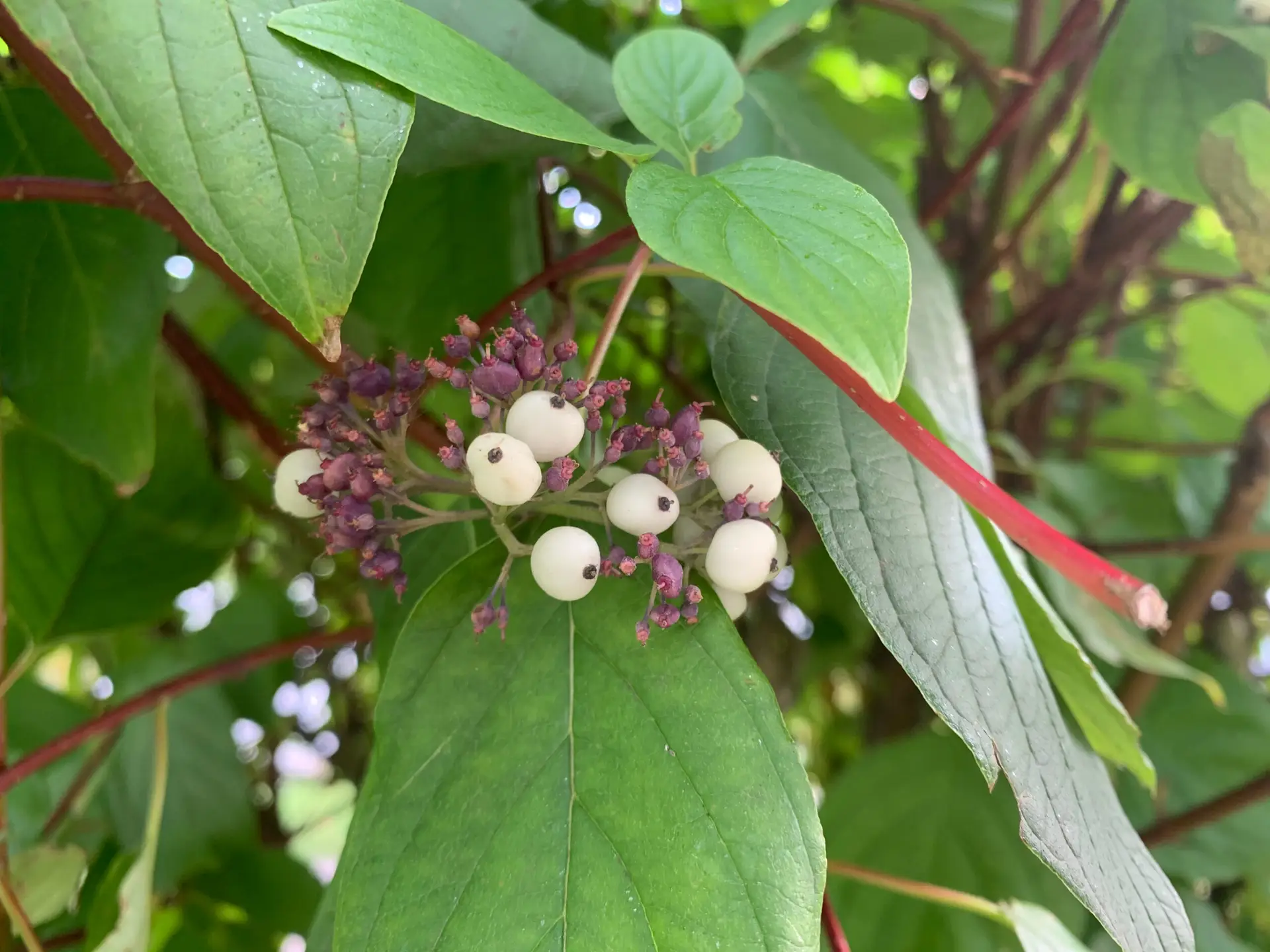
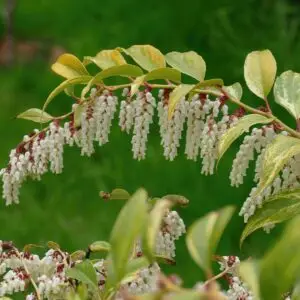
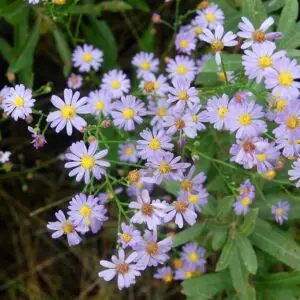
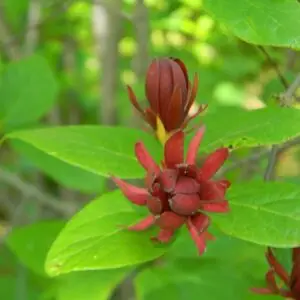
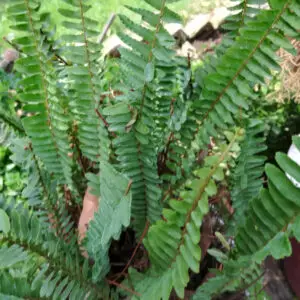
Reviews
There are no reviews yet.